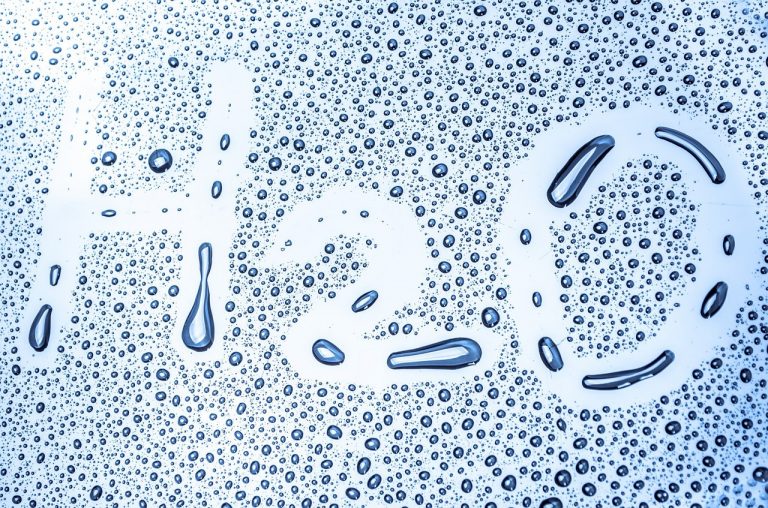


As we head into winter and the temperature drops, many householders will face the annual challenge of how best to keep on top of condensation.
It’s a very common issue and, left unchecked, too much condensation can lead to mould appearing on walls.
That creates potential risks not only for the structural integrity of the property but also for the health of occupants.
Your lifestyle and daily routine can play a large part in the emergence of condensation and mould in a property.
In a property that is generally in good repair, mould will not tend to be an issue of building defects.
Mould is a landlord’s legal responsibility to fix when it is due to problems with rising or penetrating damp as opposed to the lifestyle habits of the tenant. However, in our experience, most landlords and agents are here to help when problems occur and will work to resolve it with a tenant.
In a nutshell, condensation happens when warm wet air meets a cold surface. This could be a window, the corner of a room or an external wall behind a wardrobe or other piece of furniture.
If the moisture becomes trapped for a length of time, an instance of what may be temporary condensation can easily develop into mould. This can be a serious issue as mould contains allergens and toxins which can be harmful for people at risk of lung disease, asthma, eczema, bronchitis or other conditions of low immunity.
How then can you prevent condensation occurring and leading to a mould issue? Here are our top five tips –
As in so many aspects of life, early prevention is the key to tackling condensation and preventing mould.
These simple steps should help you keep your property safe and mould-free this winter.
Our highly experienced Lettings and Property Management Team can help you with any questions you may have. Feel free to contact us on 023 9282 6731 or visit our ‘Let’ pages.
Book a face-to-face valuation with one of our local property experts, free without any obligation.